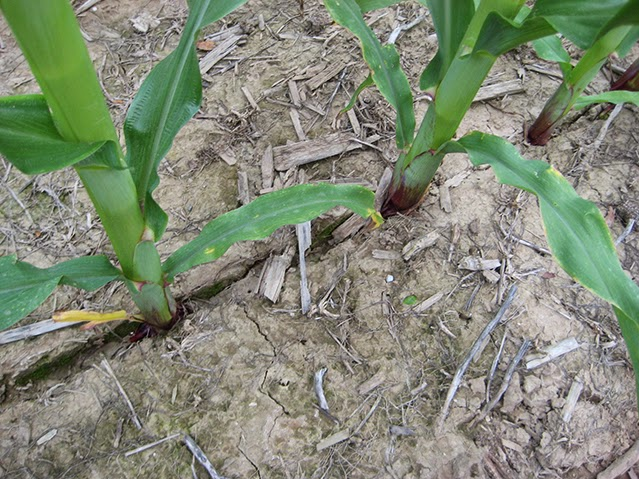Source: University of Kentucky Ag Extension
The calendar says we are getting late on planting corn. While the soil conditions are probably more important than planting date, there will be intense pressure on growers to plant corn this week. That means that some fields will likely get planted too wet.
Getting into a field too soon is completely understandable given the logistics of planting multiple fields and trying to "sneak in" a field between rains.
If going into a field that is too wet, back off on the down pressure and the closing wheel pressure. In addition, hope for some larger quantity of rains shortly after planting and before the soils dry.
If the soils dry out immediately after a field was planted too wet, then sidewall compaction probably will occur in that field.
Once compaction has occurred, whether sidewall or surface, there are no solutions for this season. The damage is done.
The best thing to do is wait one more day. We usually cause the most problems by getting into the field one day too early. Spader or spiked closing wheels can help some, but we've seen sidewall compaction and divets before, so they have their limits as well.
When getting into a field too early with a planter with central seed tanks, we'd expect those units to have more surface compaction directly under the seed tanks. Getting into a field one day too early with any equipment (fertilizer spreader, sprayer or planter) can result in surface compaction directly under the tire path. This would be a good season to have a controlled traffic system.






